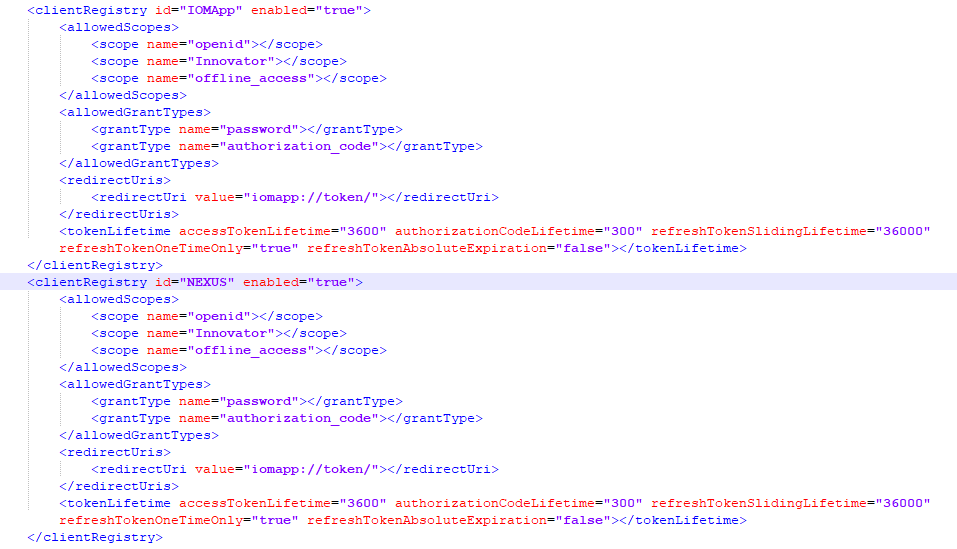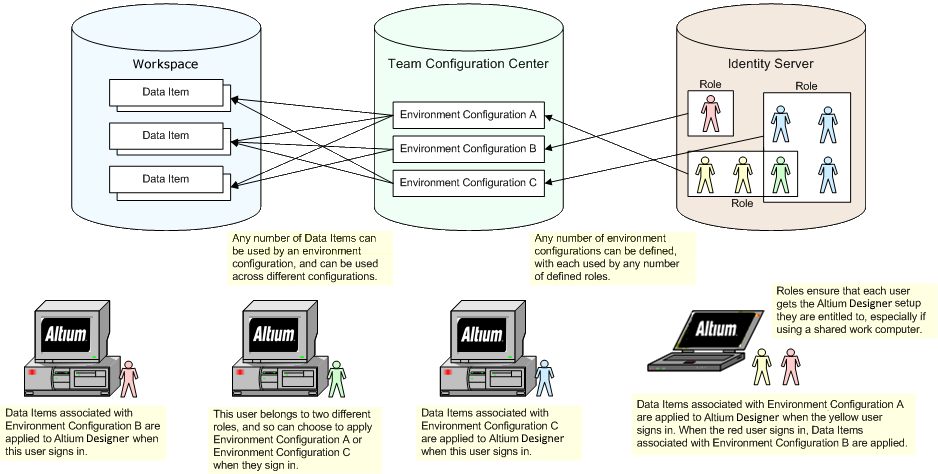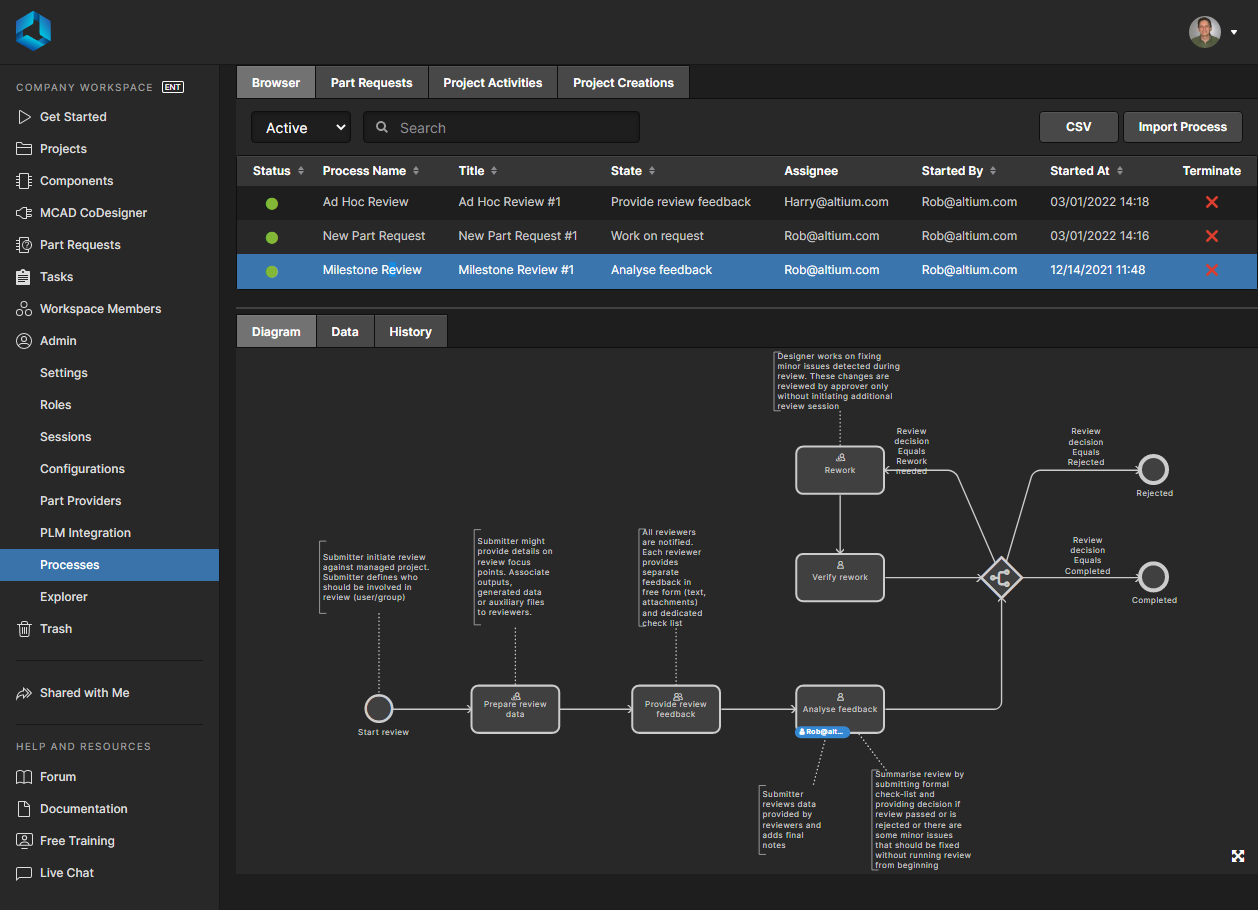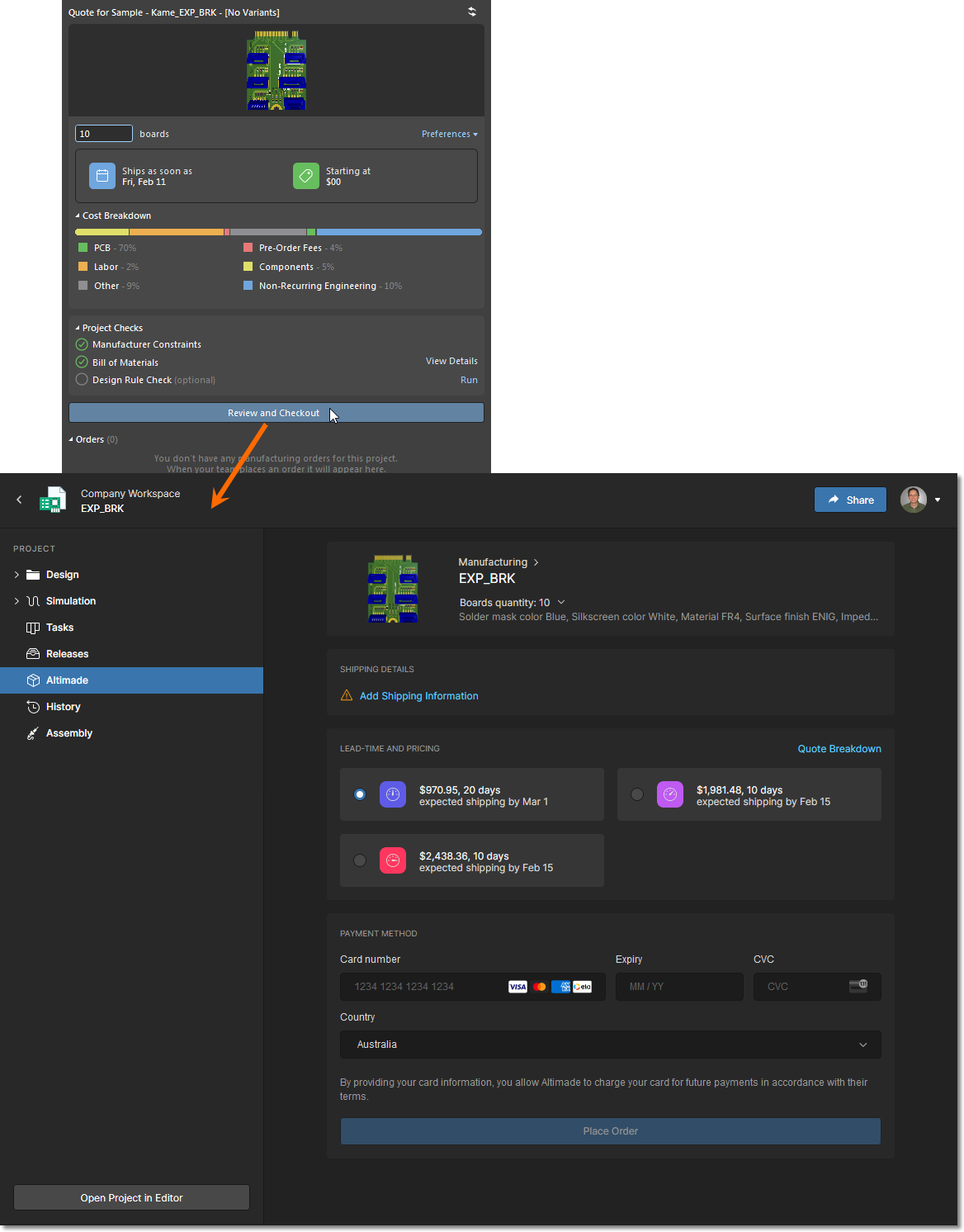5 Ways Hardware Development Is Just… Different

Agile methodology has become ubiquitous in software development, offering flexibility, adaptability, and collaboration. However, when it comes to hardware, the story takes a different turn. Development teams desire, and often get pressure, to realize the same benefits of Agile that software teams realize but struggle to apply the same principles and tactics. What starts with a healthy skepticism of Agile methods can quickly lead to frustration and a rapid return to bearably painful traditional waterfall techniques.
In this three-part blog series, we'll delve into the intricacies of applying Agile for electronics hardware development. This first installment explores five fundamental ways hardware development differs from its software counterpart within the Agile framework.
In upcoming installments, we’ll explore how Agile “gurus” can lead teams astray and then, finally, how hardware teams can “rethink” common software (SW) tactics to get the real benefits of Agile principles.
What Is the Difference Between Agile Software Development and Agile Hardware Development?
#1 Tangible (Physical) vs. Intangible (Digital) Output:
The most apparent distinction between hardware and software development lies in the nature of their outputs. Software produces intangible products, easily updated and modified with minimal cost. In contrast, hardware results in tangible, physical products that undergo stringent design, prototyping, and manufacturing processes. The physicality of hardware makes it inherently less flexible than software, as changes often involve expensive retooling and production adjustments. Agile, rooted in its ability to accommodate changing requirements, faces challenges in hardware development due to the more rigid and costly nature of physical iterations.
Agile's iterative approach is optimized for quick, continuous software development cycles, where changes can be easily implemented, tested, and released. In hardware, developing and testing iterations of increasingly functional solutions require the integration of physical components, fabrication, and assembly. This fundamental difference requires a nuanced application of Agile principles in hardware and electronics development, emphasizing more calculated planning and targeted learning approaches to minimize the need for frequent physical modifications.
#2 Longer Development Cycles:
Hardware development inherently demands longer development cycles compared to software. The intricate process of designing, prototyping, testing, and manufacturing introduces dependencies that are absent in the rapid cycles of software development. While short development cycles, feedback loops, and quick adaptation to changing requirements are at the core of Agile benefits, the naturally extended timeline in hardware poses challenges.
In an Agile software environment, teams can swiftly pivot in response to user feedback or market changes. In hardware development, changes are more time-consuming and costly, imposing a more measured approach. Agile principles must be tailored to accommodate longer iterations, more complex integration of components, unforgiving lead times, and shared resources, as well as both internal and external dependencies.
#3 Upfront Design Requirements:
One of the cornerstones of Agile is its ability to embrace change even late in the development process. However, hardware development often requires more careful upfront design due to the challenges associated with modifying physical attributes. Unlike software, where adjustments can be made at any stage, hardware design decisions must be made earlier in the process to minimize costly and time-consuming rework. Teams must clearly understand where, how, and why to freeze portions of designs while leaving strategically valuable areas open for as long as possible to achieve project goals.
This upfront design requirement challenges the Agile principle of responding to change over following a plan. While iteration and flexibility are still crucial, hardware development teams must strike a balance between adaptability and the need for a more rigorous design approach. This demands a more structured approach to Agile, incorporating iterative planning and design cycles early in the project to mitigate the risks associated with late-stage modifications.
#4 Supply Chain Dynamics:
Electronics hardware development is intrinsically tied to complex supply chain dynamics involving various components, materials, and manufacturing processes. Unlike software, which can be distributed instantly over the internet, hardware development relies on the availability and timely delivery of physical components, not to mention meticulous management of BOMs, manufacturing changes, etc.
Agile's emphasis on collaboration and continuous delivery presents challenges for hardware development teams who rely on an intricate web of suppliers and manufacturers. These teams must also handle inventory management, support unique stock-keeping units (SKUs), and update fielded materials. Imagine releasing a new version of a chipset or PCB each month to manufacturing or distributors. It would quickly be nearly impossible to manage the range of product variations. To navigate these challenges, Agile principles must be adapted to include robust communication, collaboration, and release strategies involving suppliers, manufacturing, and other stakeholders. Transparency, along with an intelligent cadence of product updates and releases, becomes critical to managing expectations and ensuring needs are met throughout the value chain.
#5 Cross-Disciplinary Collaboration:
Agile thrives on cross-functional collaboration, bringing together individuals with diverse skills and perspectives. In software development, this often involves collaboration between developers, testers, and product owners. In hardware development, the collaboration includes these roles but extends far beyond to include a diverse range of mechanical engineers, electrical engineers, designers, manufacturing experts, and firmware developers.
The interdisciplinary nature of hardware development requires a more extensive and varied skill set within the Agile team. Ensuring effective communication, collaboration, and planning between these different disciplines becomes a unique challenge. Agile methodologies must be adapted to facilitate seamless integration between not only hardware and software teams but also emphasize a holistic approach that accommodates the needs of each hardware discipline while aligning them with the project’s goals. And doing so with the least amount of overhead and friction.
In Conclusion
While Agile has proven to be a game-changer in the software development realm, its application to hardware development requires a thoughtful and nuanced approach. Recognizing and addressing the inherent differences between the two is crucial for successful integration. This first installment of the series has shed light on five key distinctions in hardware development that challenge traditional Agile practices.
Are you interested in exploring the world of hardware development through the lens of agile methodologies and learning what you need to succeed in the field? Watch the webinar!














